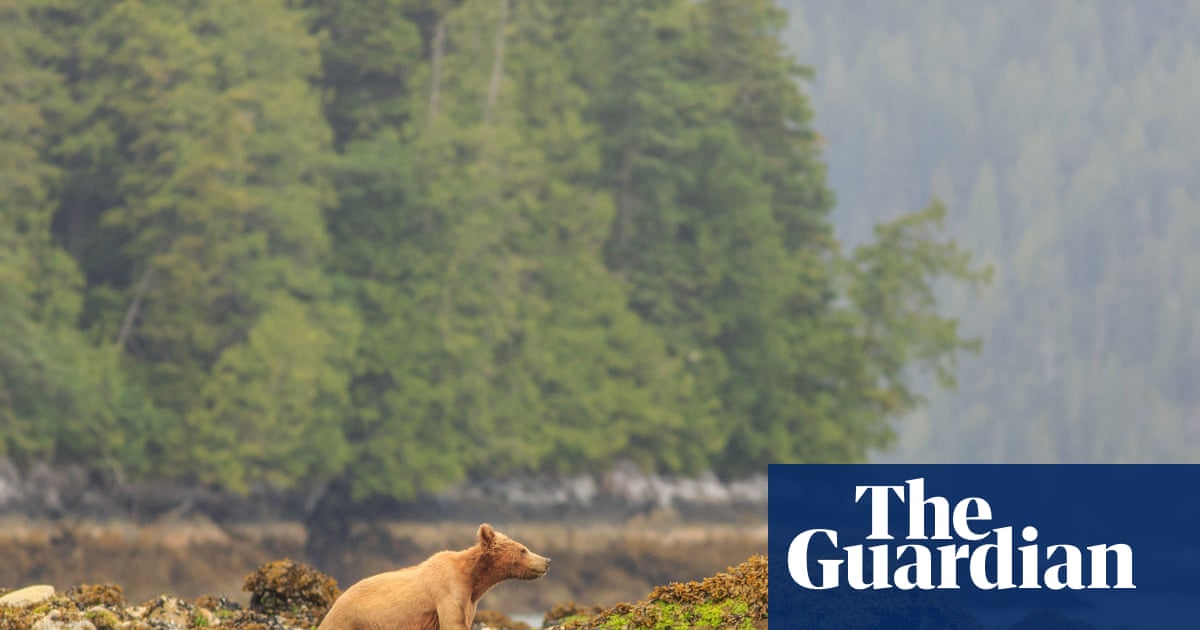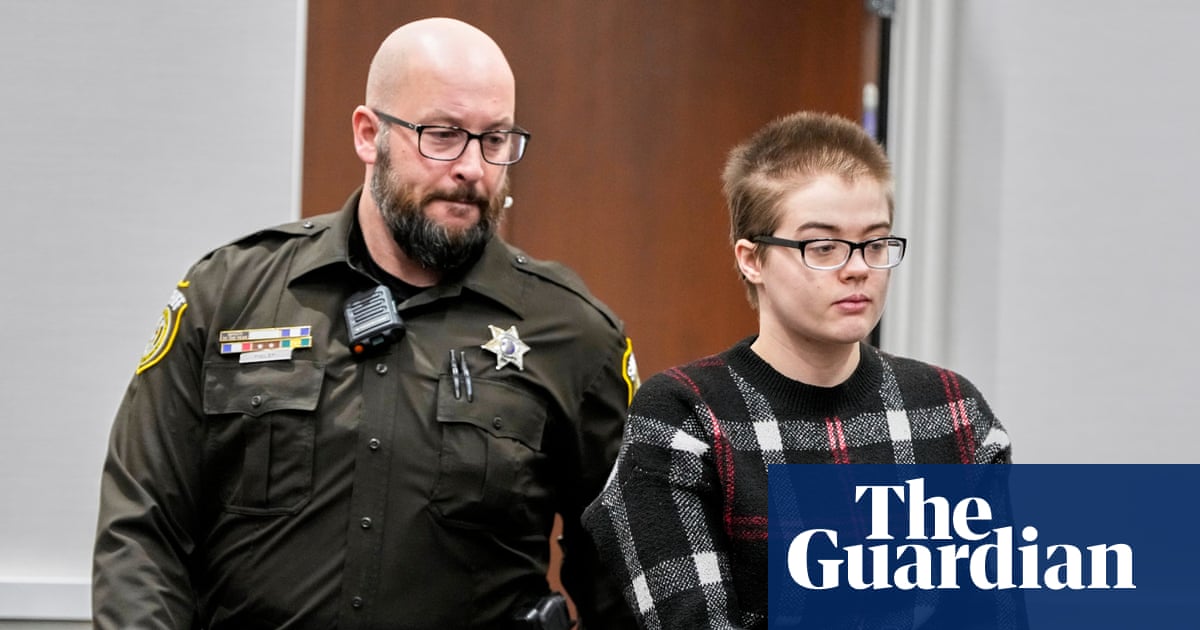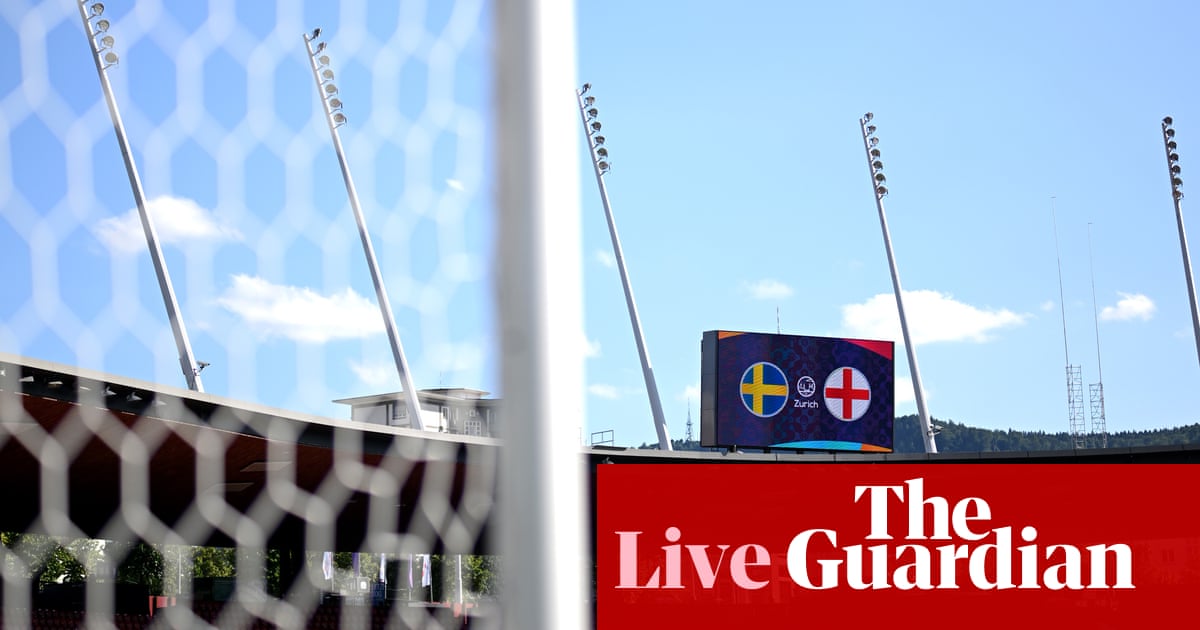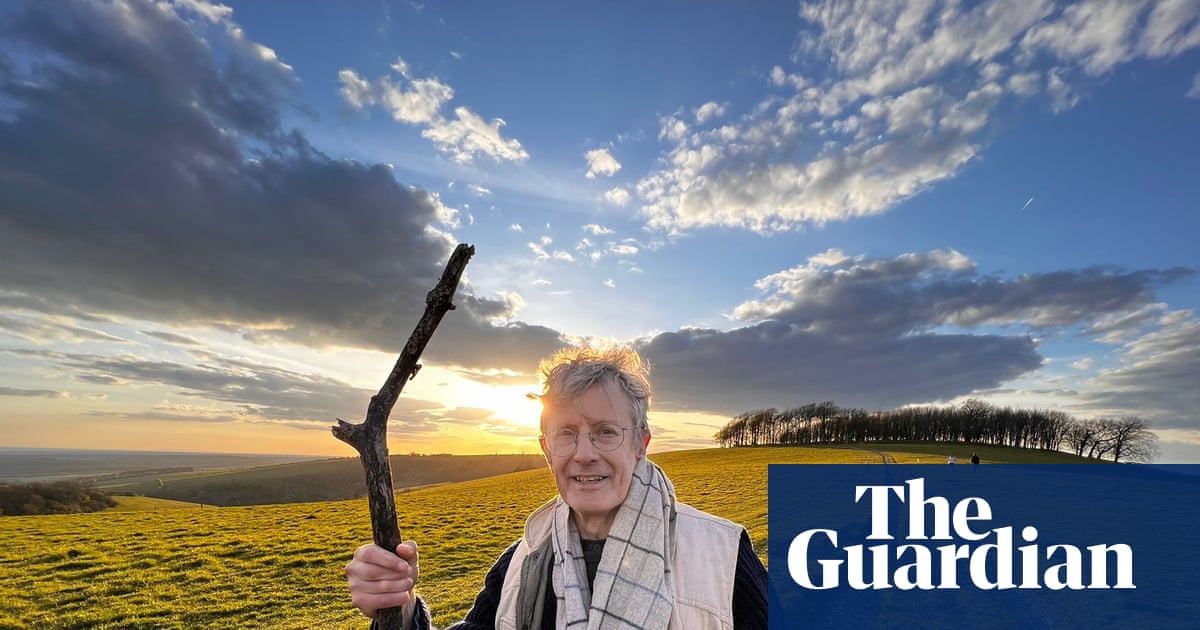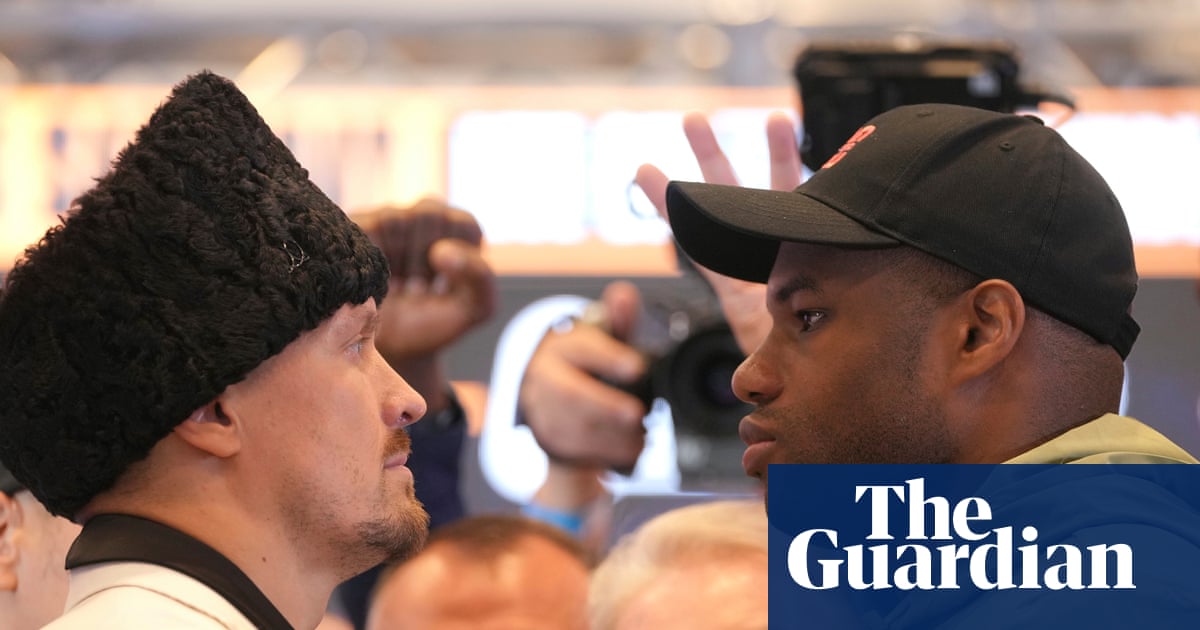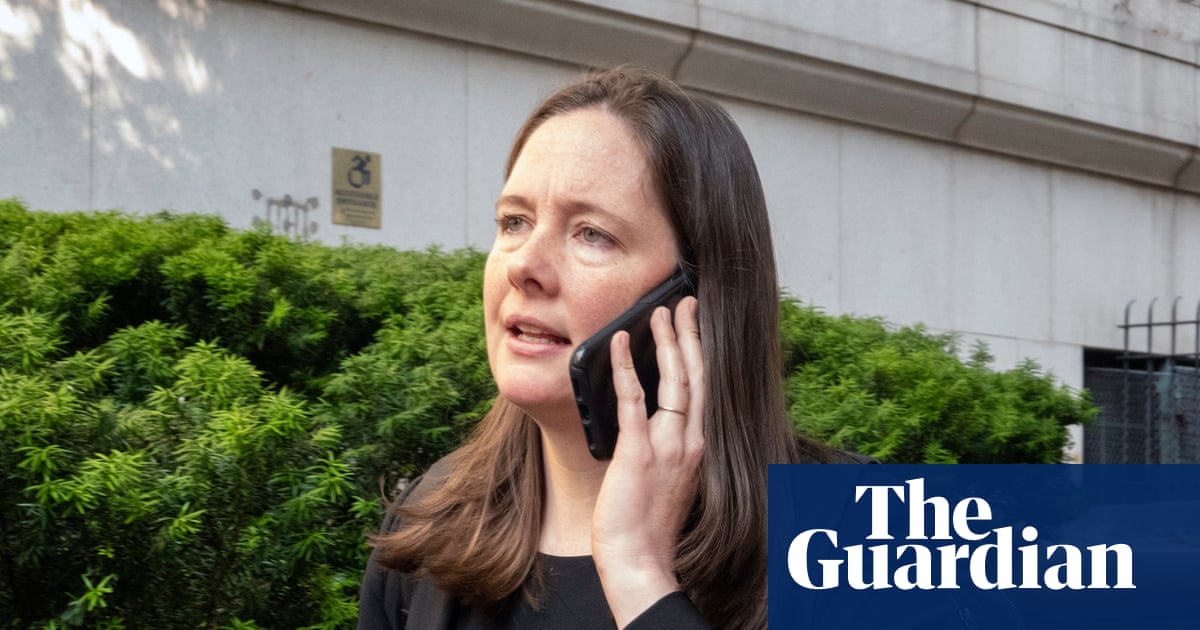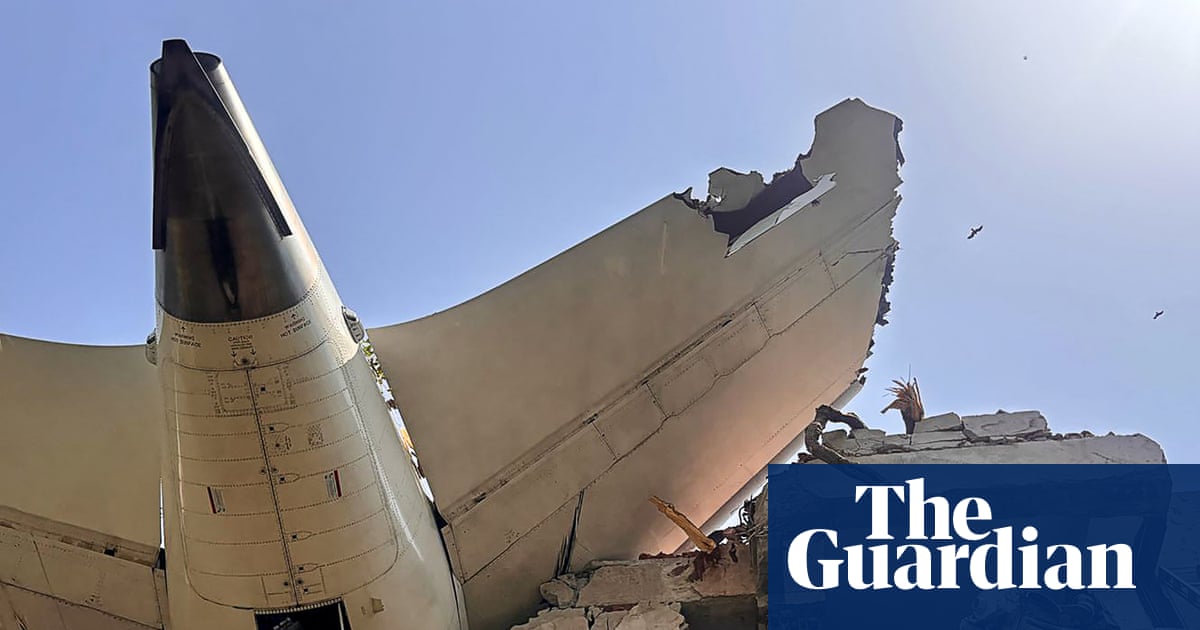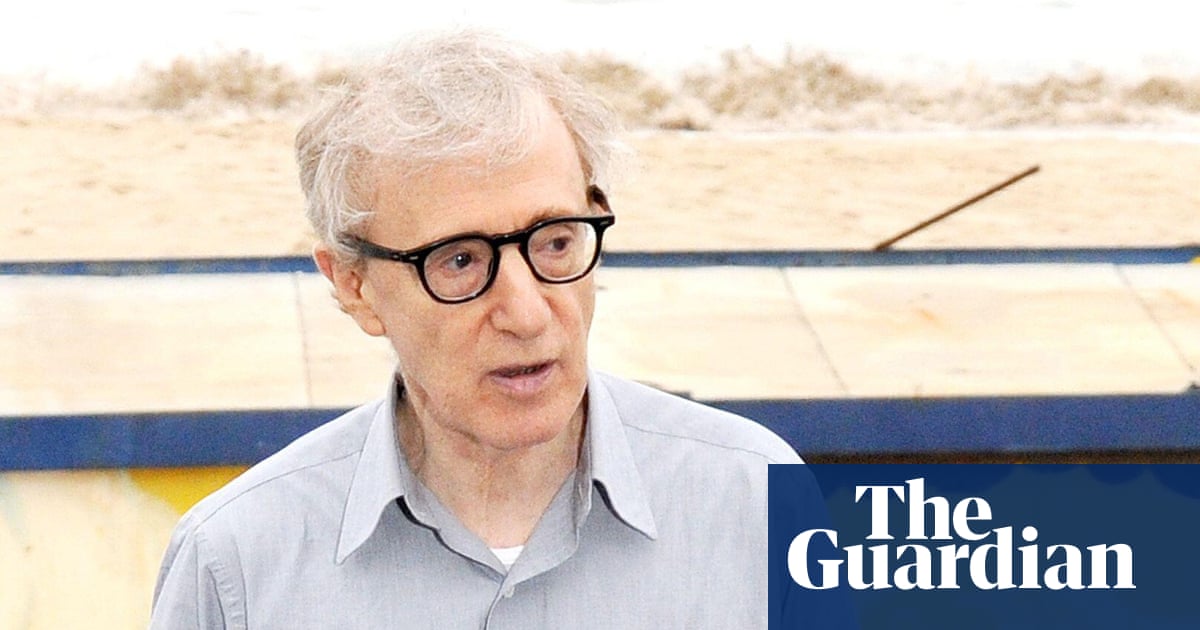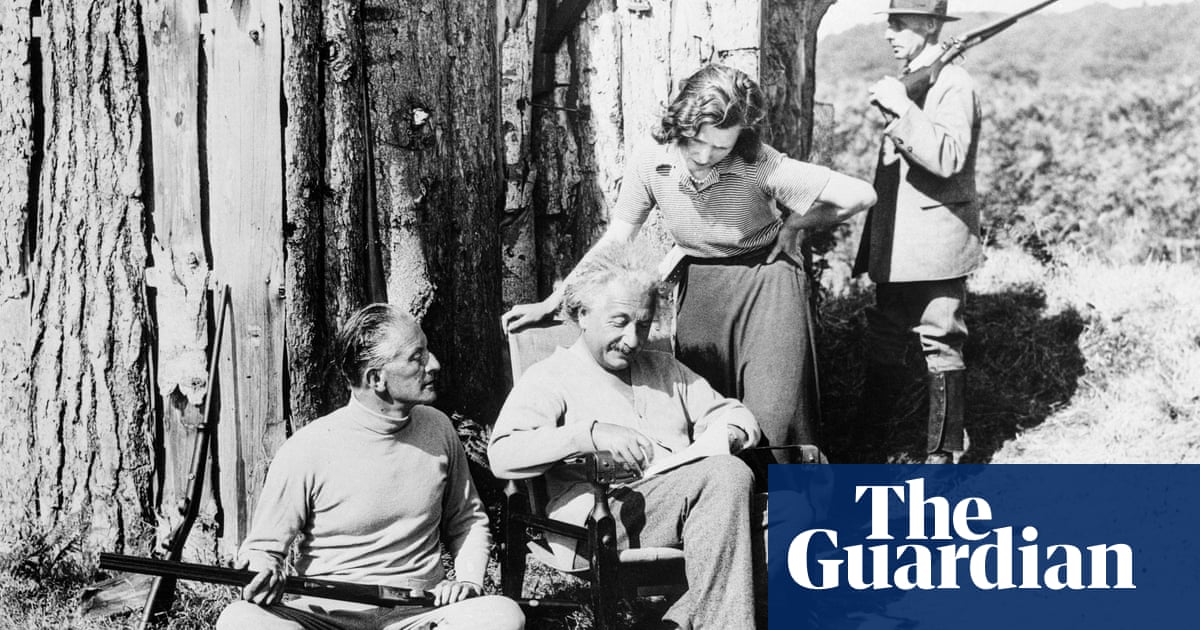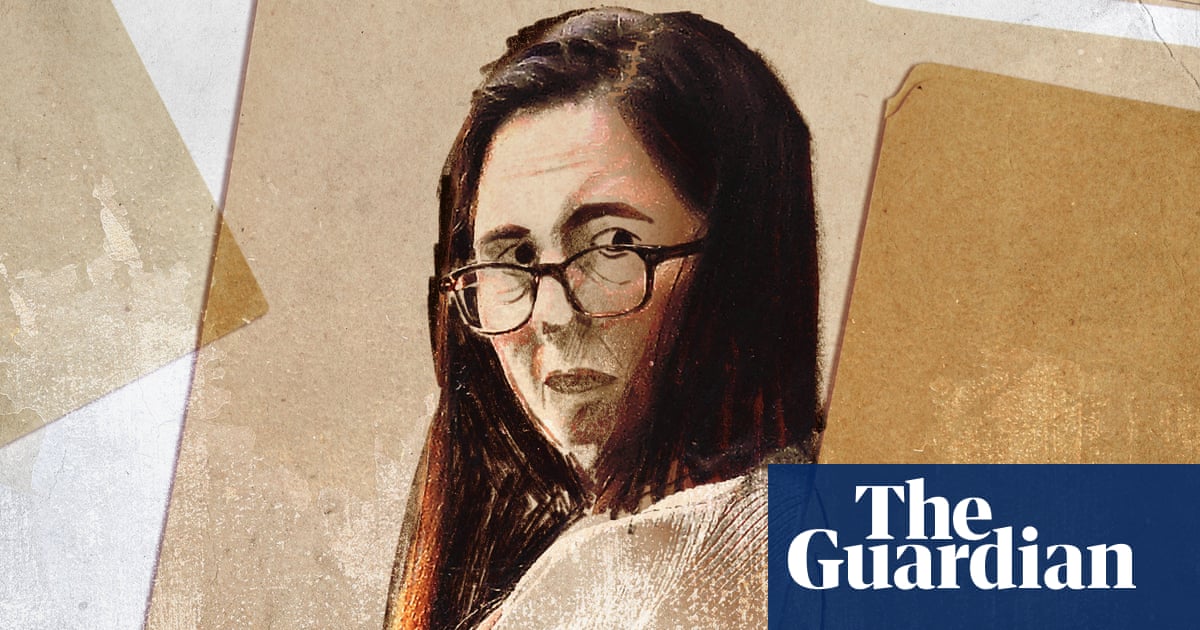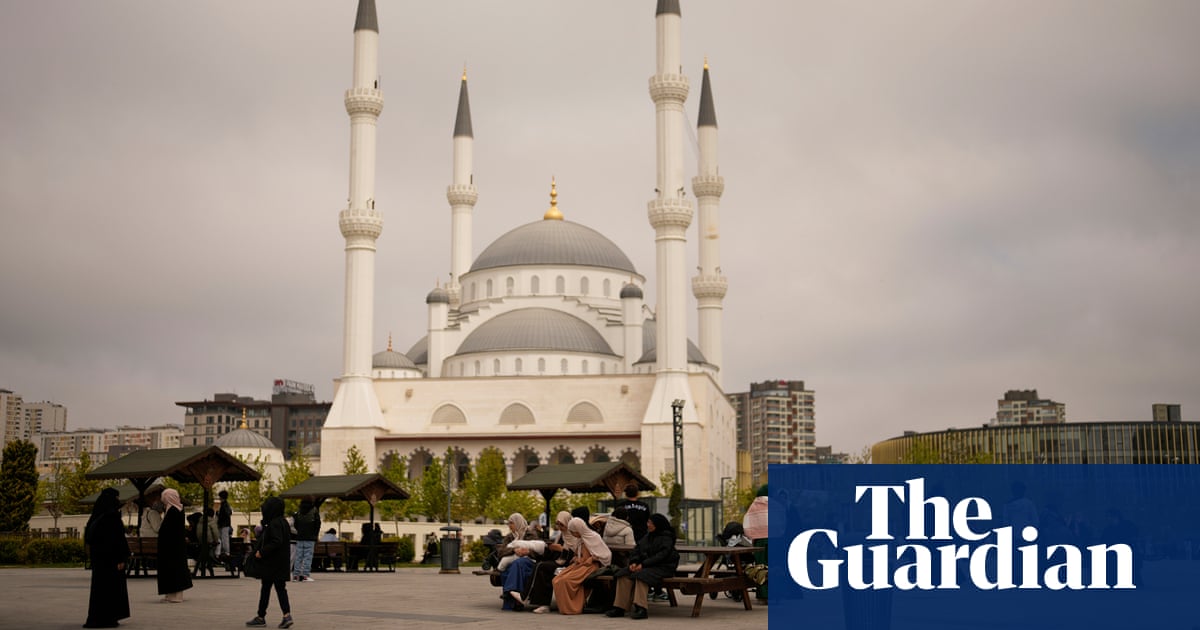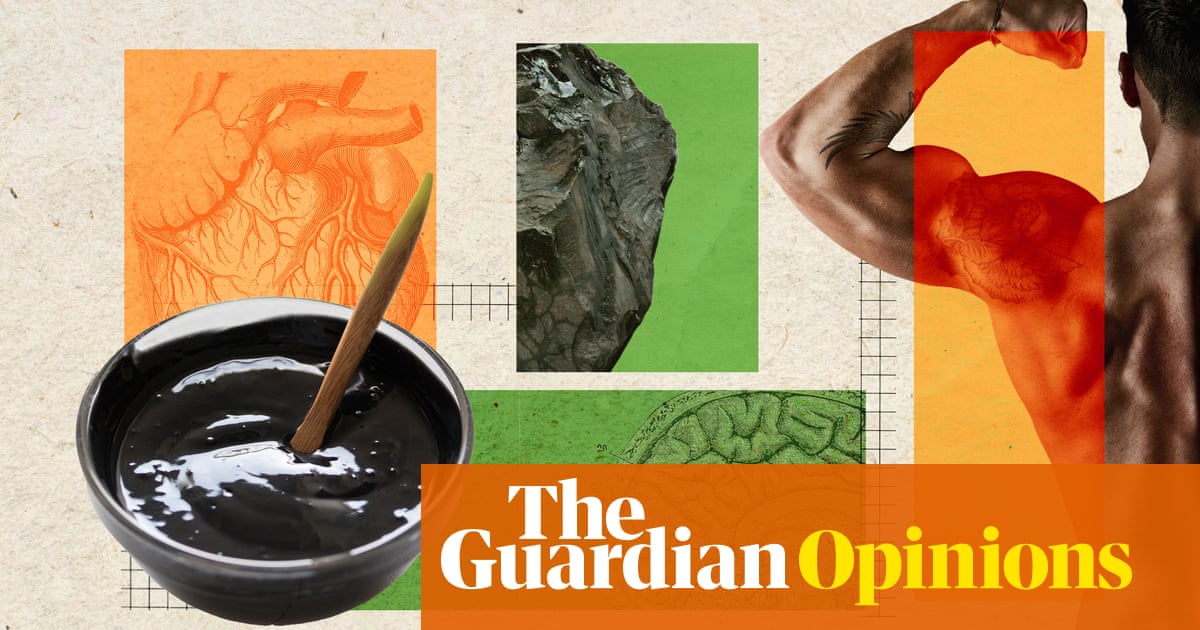Build anywhere in the City of London and you will have archaeologists watching every move your bulldozer makes, so best work with them. When Bloomberg planned its European headquarters it incorporated the ancient Roman Temple of Mithras in a basement, displaying finds made during the pre-construction dig in a gallery that also shows contemporary art. Now Newcastle-born twins Jane and Louise Wilson have taken a long hard look at four of those finds, wooden posts or stakes that are about 2,000 years old. It’s thought they supported an ancient crossing over the River Walbrook. Are they Roman, or even pre-Roman?
Part of their response appears as a surreal swarming world they depict under two escalators outside another City landmark, the Leadenhall Building – AKA the Cheesegrater (the rest is in a simultaneous free exhibition at Bloomberg Space). The Wilsons have plastered prints on the undersides of its entrance escalators bubbling with brews of sinister life that look like multiple eyes or frogspawn. In fact, these clouds of watery mutants are vastly enlarged images of the microscopic creatures that they saw, with the help of Danish and British archaeologists, inside the four Walbrook crossing posts.
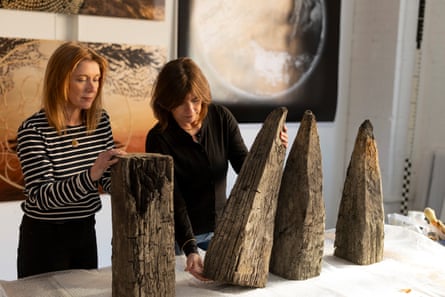
The Wilson sisters’ graffiti-like invasion of the Cheesegrater’s cool, rational plaza is easily the most enticing new artwork in this summer’s Sculpture in the City, a free festival of public art amid some of the most expensive real estate on Earth. Clearly it is not a sculpture, but the positioning of their double “mural” underneath the metallic escalators works in their favour. The biological festering of these alien-looking entities evokes the secret organic world in the ground beneath us, just as their artwork skulks below the glossy Cheesegrater.
It’s called Dendrophiles – “tree lovers” in Latin. You probably thought folk horror came from the country, but this part of London is full of ancient echoes of ritual and disease, death and decay beneath its towering icons of cash.
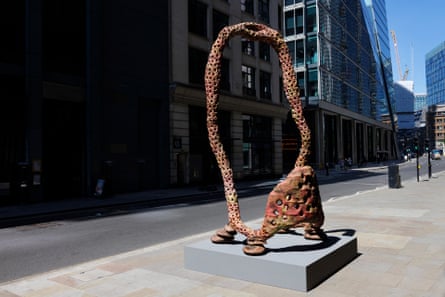
Both the other new commissions for Sculpture in the City also delve into tangled vegetative worlds. Ai Weiwei shows a cast iron replica of Brazilian tree roots on the slightly sinister grassed-over plague pit that is the churchyard of St Botolph without Bishopsgate. It’s disappointingly unnoticeable in this setting. That’s the trouble with public sculpture: to pass all the demands of landowners, local government and churches it often has to have its edge effaced to fit. Andrew Sabin resists this by plonking his tentacular sculpture of a triffidian life form in the middle of a pavement where it is hard to ignore.
The demands of sculpting for the City, with all these corporations watching you from their eyries, must be arduous. Alongside the three new pieces, are works by Julian Opie, Maya Rose Edwards and more remaining in place from previous years. It’s a nice enough excuse for a London walk. But it was Jane and Louise Wilson’s Dendrophiles that grabbed me and lured me to their exhibition at Bloomberg Space.
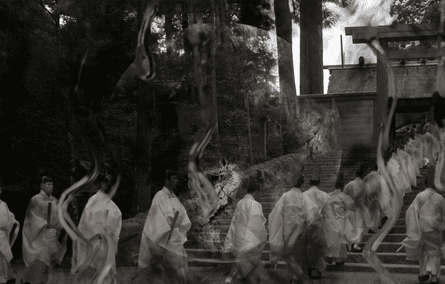
Here DNA spirals, monsters and beading, bubbling water proliferate in a kind of archaeological nightclub. An abyss-like, circular mirror reflects flashing lights. The other side of the mirror is a screen on which are projected video images of life-crowded water and trees alternating with footage of an all-female folk performance at the Ise Jingu temple in Japan, which has held the Sacred Mirror of the Emperor since ancient times.
after newsletter promotion
It all makes poetic sense, in an enjoyably wacky way. Downstairs is the Temple of Mithras, a similar age to the Japanese site but home to an all-male cult, popular with soldiers. So the two places hauntingly mirror or reverse each other.
Meanwhile the posts from the River Walbrook point silently upward, like stakes to kill vampires that come out in the City at night. As I said – folk horror is not just for the countryside.

 8 hours ago
4
8 hours ago
4

